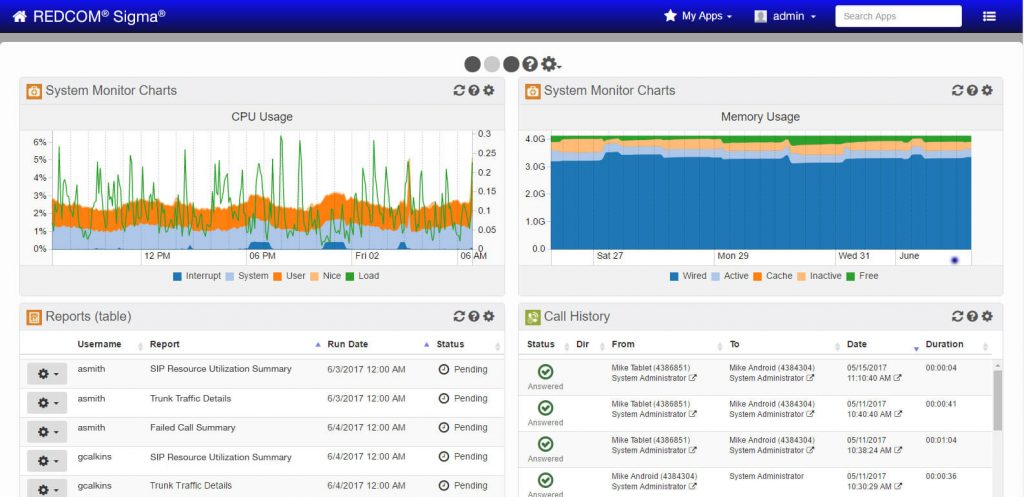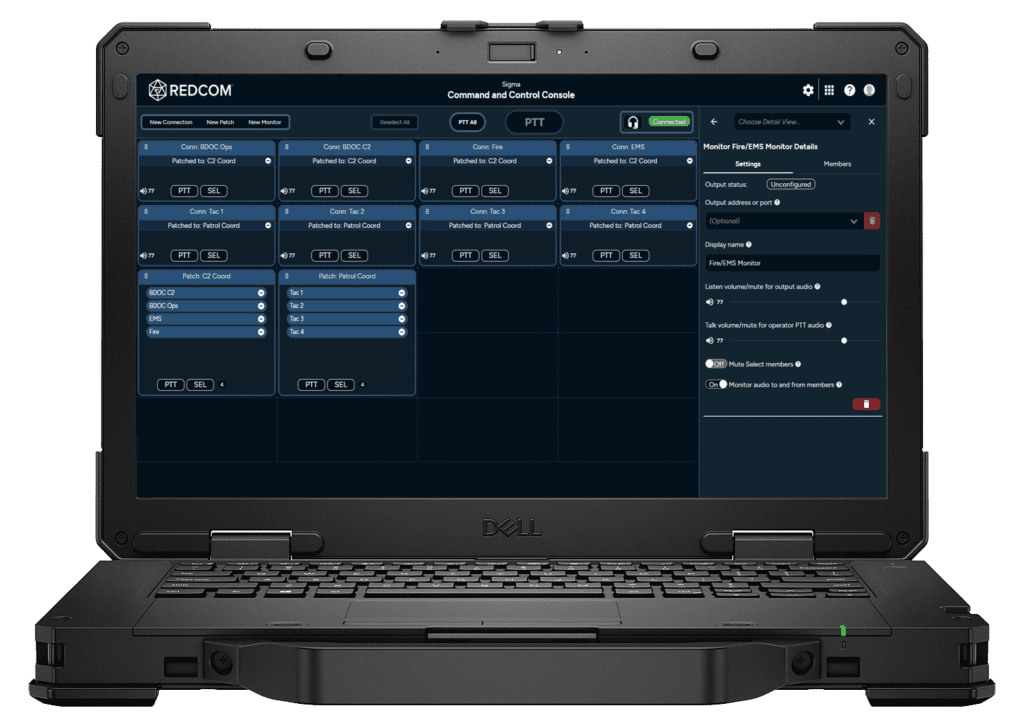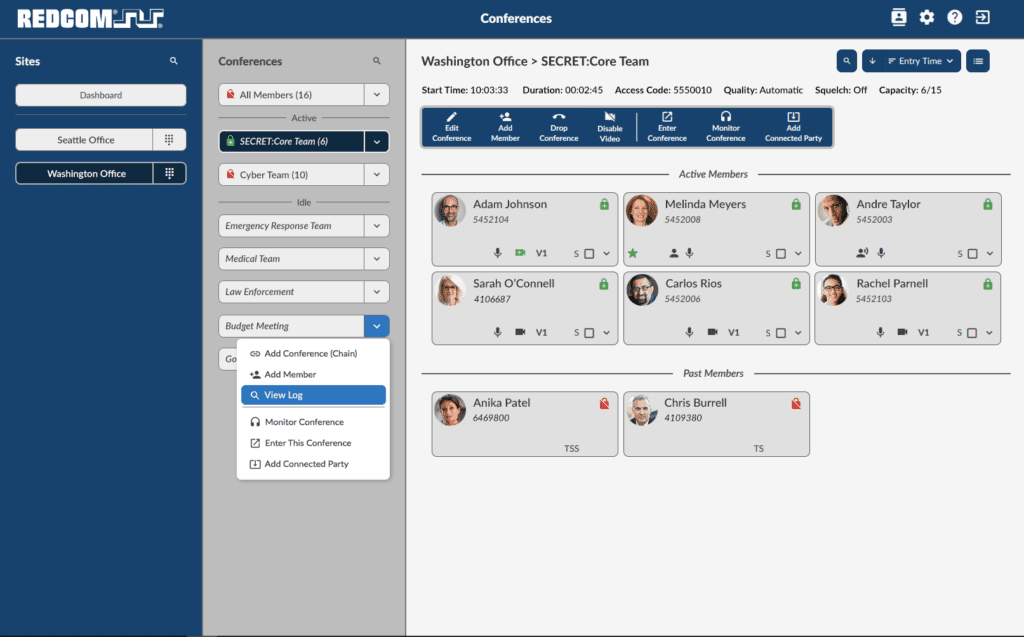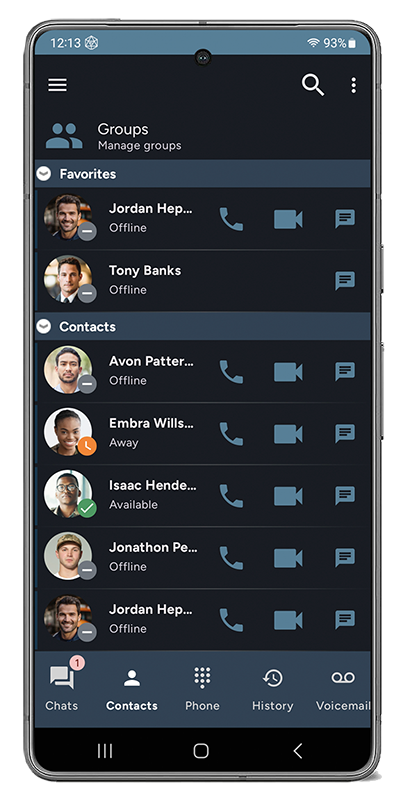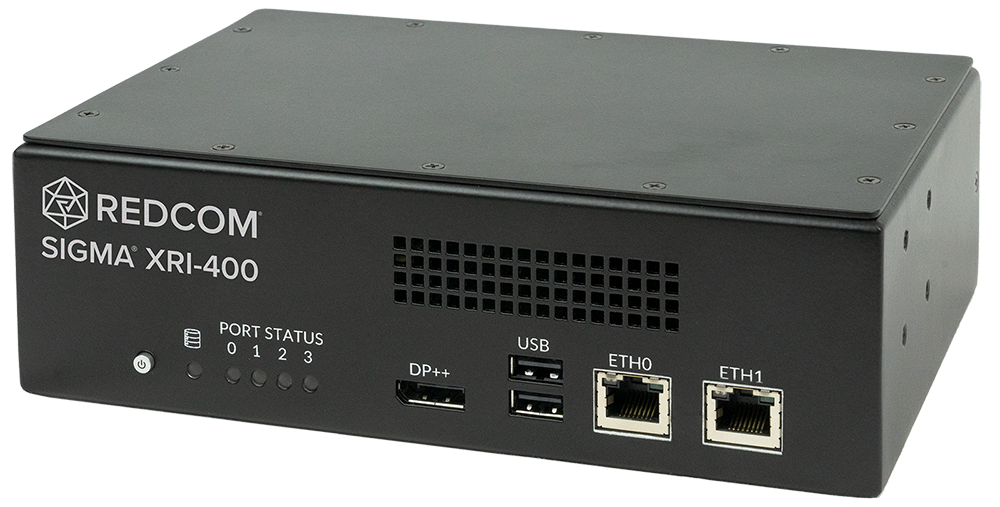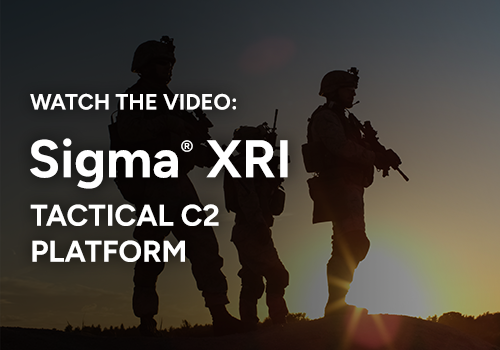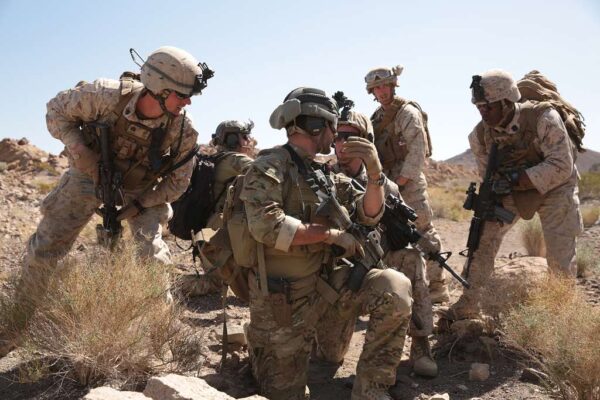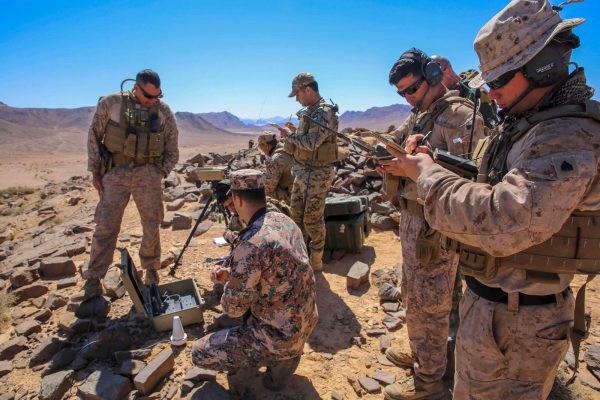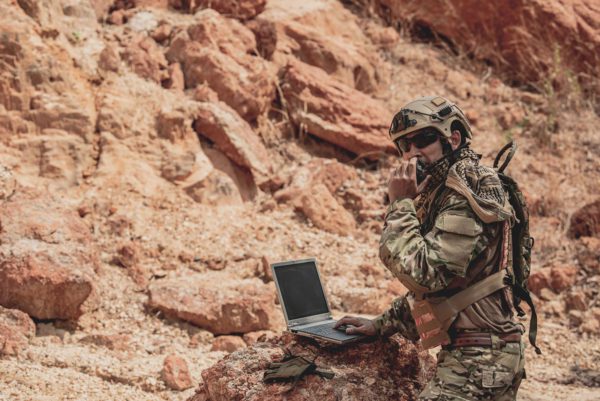REDCOM has recently completed a second round of testing for NetModX outside of the official window. Similar to the first round, REDCOM tested Sigma’s ability to support the Army’s modernization efforts by acting as the session controller for a mobile command post (CP). The testing involved establishing communications across three Humvees via satellite network. This was achieved by using an XRI-400 to crossband a Polyphone and ruggedized laptops running Sigma. Users were able to communicate with the Sigma client with both text and voice chat channels while vehicles were in motion. Sigma performed optimally while a network connection was present. Users communicated across the Humvees via the laptops while moving in a low-bandwidth environment. This event also prompted the development of a hard button to make PTT communication more convenient while in a moving vehicle, or with gloves/restrictive clothing.
REDCOM attended the US Army’s Network Modernization Experiment from July 29 to Aug 2 (NetModX) to demonstrate and test Sigma in a tactical environment. The event was hosted at Joint Base McGuire-Dix-Lakehurst, NJ. This year’s exercise focused on future vertical lift, long-range precision fires, networks, next-generation combat vehicle, and Soldier lethality.
During this event, REDCOM participated in the Mobile and Survivable Command Post testing (MASCP), a part of Project Convergence, the Army’s project for developing interoperable technologies for Joint Force Operations. For these tests, REDCOM fitted several armored vehicles with a Sigma XRI-400 and a laptop running the Sigma Client for Windows to test the system’s operational capacity as the C2 controller in a MASCP. The MASCPs provided a SATCOM network connection to run Sigma.
“NetModX proved the flexible functionality and dynamic capabilities of the Sigma systems, both in its ability to operate in a stationary At the Halt (ATH) setting and as a vehicle-mounted C2 node On the Move (OTM),” said Harry Goluses, Solutions Architect, REDCOM Laboratories, Inc. “The supported personnel appreciated the convenience that Sigma Client brought as a collaboration app and the ease-of-use of the XRI-400.”
The demonstration proved that the Sigma Client functioned as a reliable mobile C2 hub for voice, video, chat, and screen sharing. Testing the client’s response to swapping networks, network outages, and vehicle shutdowns was successful, with Sigma Client swapping networks and rebooting quickly. The XRI also met expectations by performing optimally while running on power from the MASCP. Users could crossband disparate radios, manage channels, and communicate instantaneously via Sigma Client on Windows and Android devices, both on-the-move and at-the-halt. Users also appreciated the flexibility and simplicity of REDCOM products, with brand-new users requiring only a few minutes of quick training to get fully up-to-speed.
About REDCOM Sigma XRI
REDCOM Sigma XRI is a compact but powerful Command and Control platform that solves interoperability and connectivity challenges by leveraging existing IP and RF assets and endpoints. The XRI instantly connects radio networks, LTE, VoIP, SATCOM, and more, providing reliable communications in any scenario, all housed in a box that weighs just 2.6 lbs.
About Sigma Client
REDCOM Sigma Client is a C2 softphone with robust voice, video, and chat support available on Windows, ATAK, and Android platforms. Sigma Client integrates with tactical push-to-talk hardware with an embedded soft PTT button, enabling conversations across various SIP endpoints.
About NetModX
Network Modernization Experiment, or NetModX, is a field-based experimentation event that is hosted annually by the U.S. Army C5ISR Center – a component of the Combat Capabilities Development Command. NetModX serves as an opportunity to take technologies that are still maturing out of the lab as early as possible and into a fail-safe environment for assessment. The experiment also provides industry partners the opportunity to learn how their technologies perform in an operationally relevant environment.
